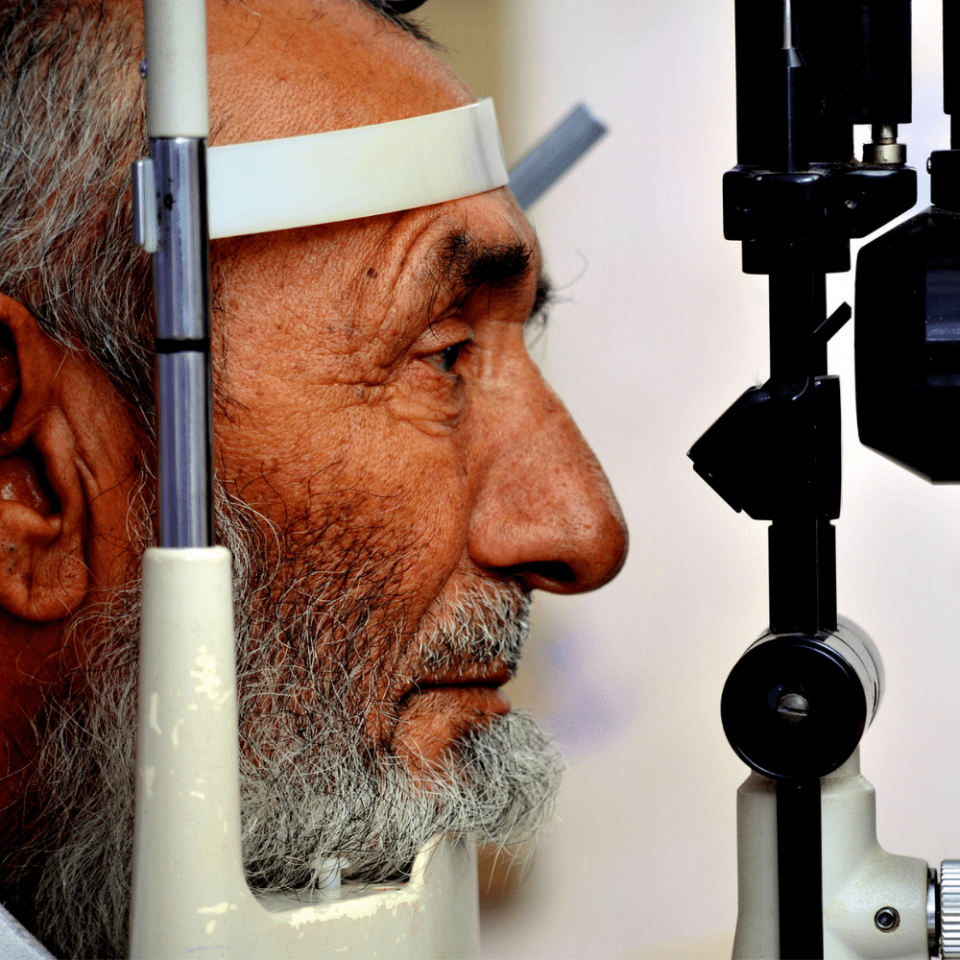About the Commission
Eye health affects nearly everyone at some point in our lives. Worldwide, there are currently 1.1 billion people living with vision impairment, and hundreds of millions more have ongoing eye care needs.
Yet there are existing, highly cost-effective treatments for more than 90% of people living with impaired vision, meaning they are suffering needlessly. This has a wide social and economic impact globally, particularly in low and middle-income countries.
This report builds on the worldwide initiative for the elimination of avoidable blindness, “VISION 2020: The Right to Sight”, the publication of WHO’s World Report on Vision (2019) and the 73rd World Health Assembly resolution on integrated people-centred eye care (2020).

About Us
Commissioners
The Commission was co-chaired by Prof Matthew Burton and Prof Hannah Faal. All Commissioners were supported by their employing organisations to undertake this work.The Lancet Global Health Commission on Global Eye Health is the work of an interdisciplinary group of 73 academics and national programme leaders and practitioners from 25 countries.
Secretariat
The Commission was supported by a dedicated group of researchers who supported Commissioners to undertake the evidence synthesis and new analyses that informed the report.
Editor
The Lancet Global Health’s Editor-in-Chief, Zoë Mullan, was instrumental in developing the Commission.
Funders






